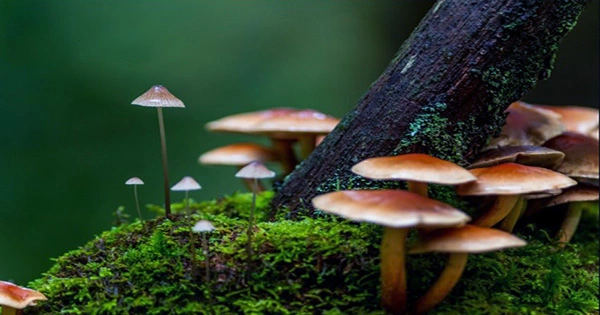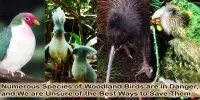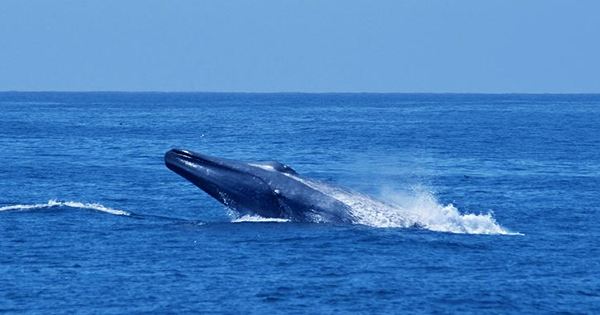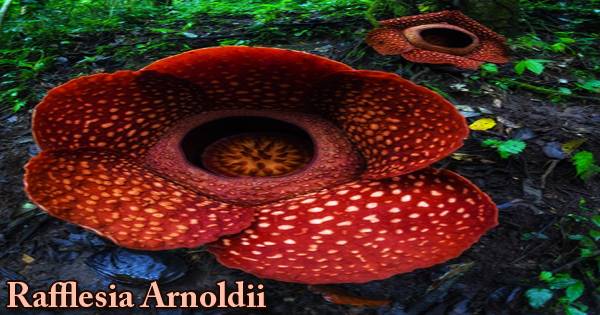A new type of magic mushroom has been discovered deep in the Australian bush, but experts aren’t sure where it is. Dr Alistair McTaggart, a fungal genetics researcher at the University of Queensland, found the mystery mushroom while sifting through soil samples from Australia’s Northern Territory’s Kakadu and Litchfield National Parks.
He discovered DNA sequences of a Psilocybe fungus that had never been detected previously while analyzing soil samples. The previously unknown species belongs to the genus Psilocybe and has genes that strongly imply it is one of the 200-plus mushroom species that naturally generate psilocybin, a hallucinogenic substance. However, only microbiological residues of the mushroom were discovered in the soil, leaving its appearance and particular attributes unknown. Dr. McTaggart believes that Kakadu’s missing magic mushroom may be related to Psilocybe brunneocystidiata, a hallucinogenic fungus discovered deep in Papua New Guinea’s rainforests in the 1970s.
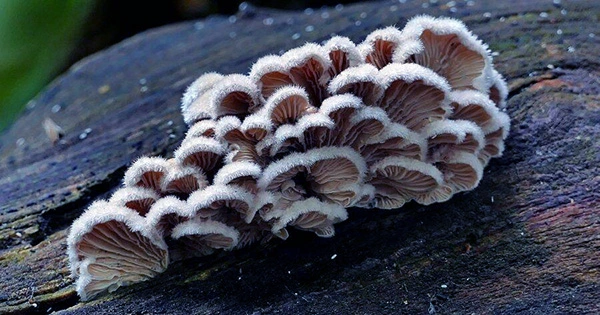
The current finding was made as part of a mission to investigate the spread of Psilocybe cubensis, often known as gold tops, a well-known magic mushroom. Though this mushroom may currently be found in the wild throughout Australia, the Americas, and Asia, no one knows where it came from. Because gold tops grow on cow manure, they’re common on cattle farms. Surprisingly, the magic mushroom’s global distribution corresponds with the territory of a cow-related bird species, the Cattle Egret (Bubulcus ibis). This bird’s extensive travels may have aided the colonization of wide areas of the globe by gold toppers.
Another aspect of McTaggart’s work is the establishment of the world’s first live collection of Australia’s natural magic mushrooms, a subject that is still relatively unknown. In a statement, Dr. McTaggart added, “We are not certain about magic mushroom biodiversity in Australia.”
“We have no idea how many different animals generate psilocybin.” Scientists may be able to find qualities beneficial for medical research into psychedelic medicines by closely researching the genetics of magic mushrooms. Psychedelic mushrooms have lately been proved to be an effective treatment for a variety of mental health issues, ranging from treatment-resistant depression to PTSD, according to an ever-growing body of studies. So, when it comes to magic mushroom species, the more the merrier, as each has its unique features and genetic idiosyncrasies.
